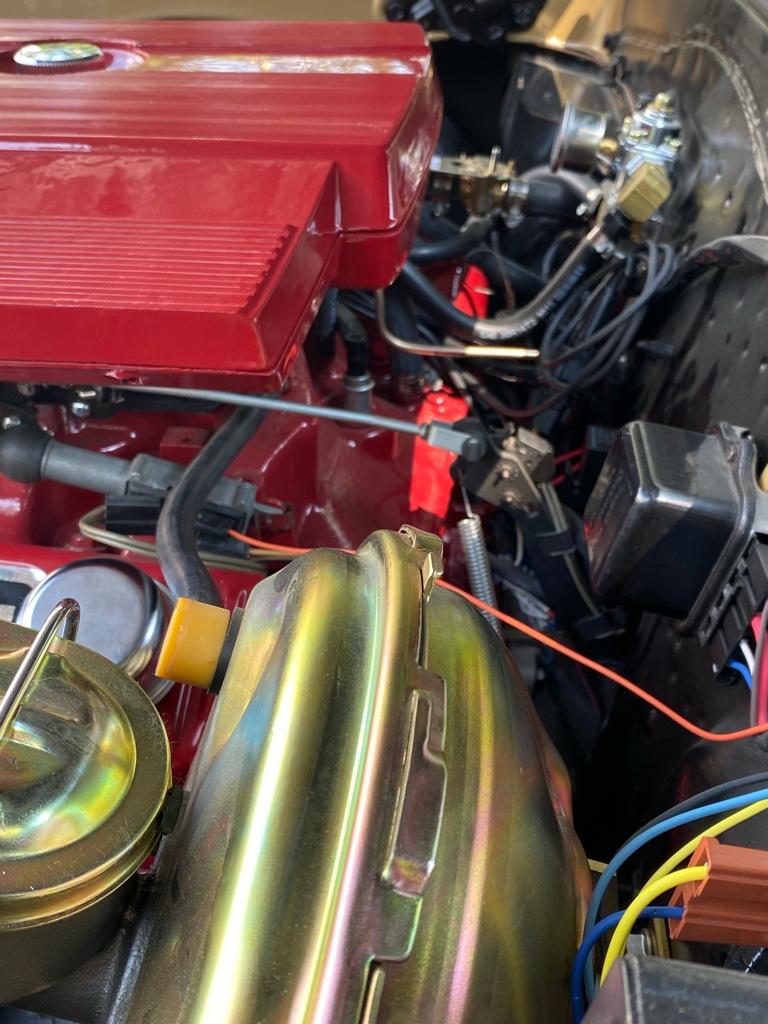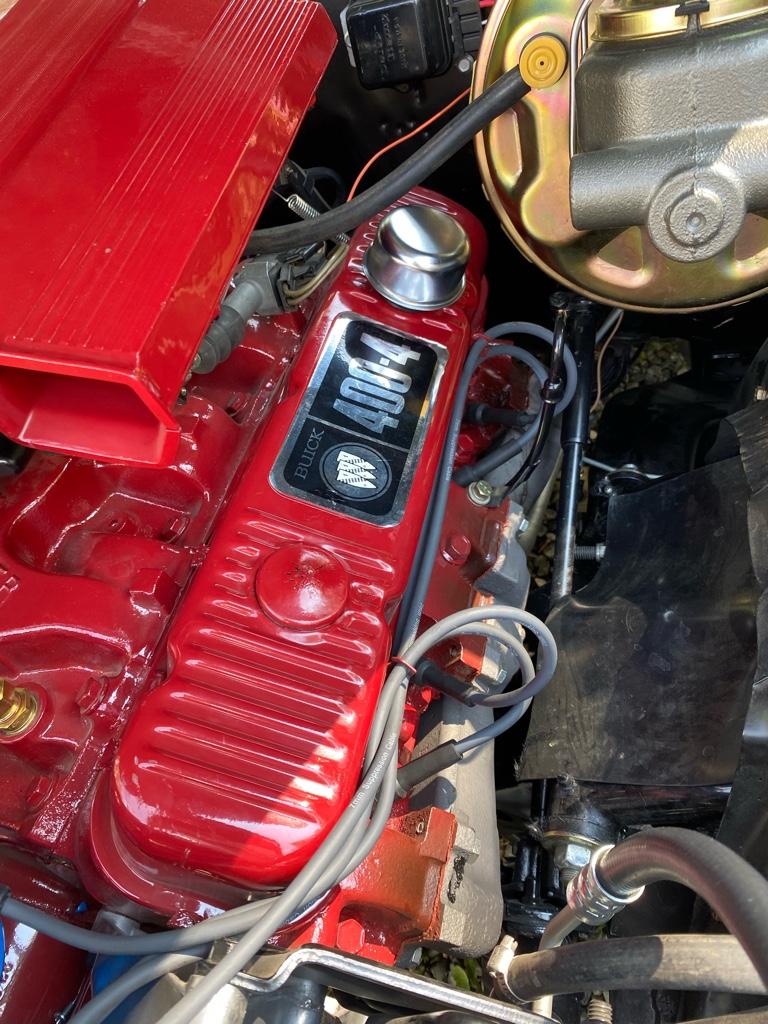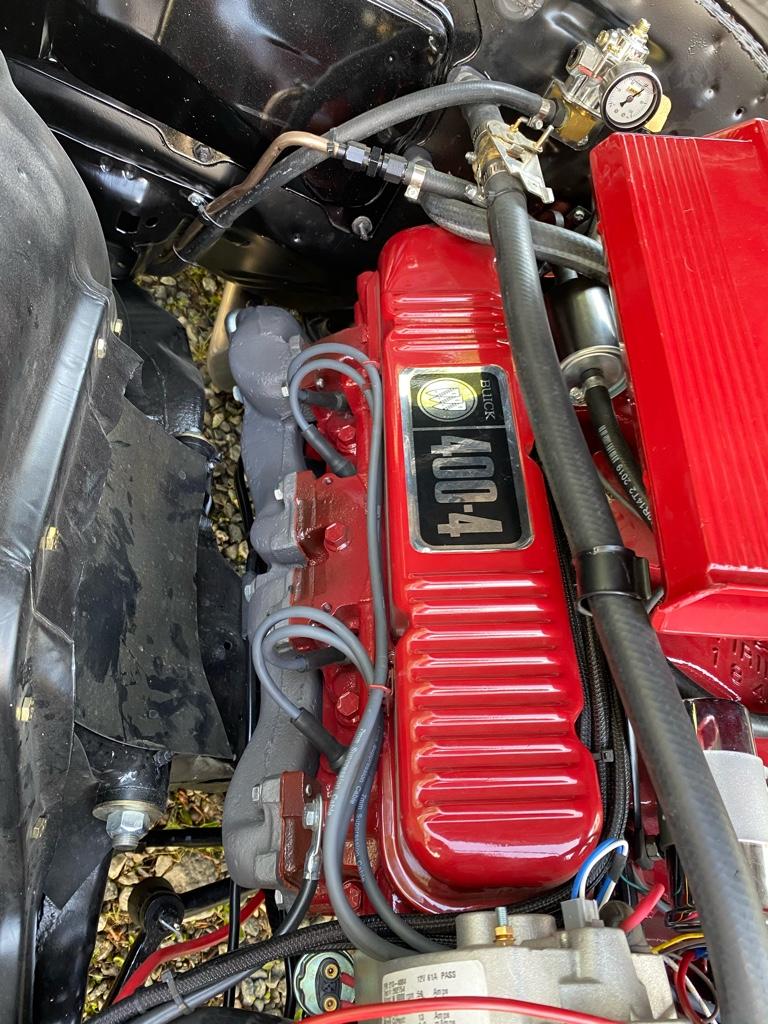Ryan474
Active Member
Hey huys I have a 67 buick gs 400. Motor was rebuilt and has a street cam. Now that a got a few miles on it I have not noticed only the driver side valve cover had a plugged port abs a filler/ breather cap. The breather cap drips some oil once in awhile, indicating to me a bit on pressure thats not being routed back into intake do to no pcv valve. Is this the norm for a 67 400 motor? And should i put a pcv valve on the plugged hole being its the only available spot or put a breather/ pcv valve combo?
Ryan
Sent from my iPhone using Tapatalk
Ryan
Sent from my iPhone using Tapatalk





